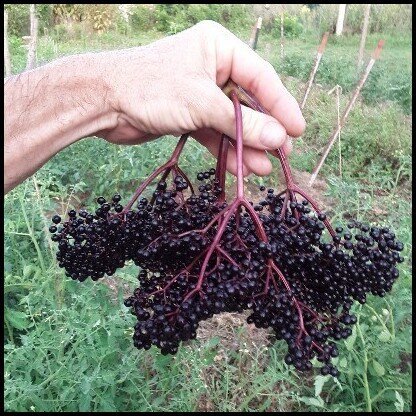Orders come as 3 or 12 root crown divisions.
Sochan, or cut-leaf coneflower, is an edible wild green and perennial vegetable native to the eastern US. When most people learn about eating sochan it comes with a description as being a notable spring green of Cherokee use. Often it is prepared similarly to southern-style greens. Leaves are boiled, the water discarded, and the leaves are then cooked in a fat of some sort. Sometimes vinegar is added. I generally prefer to eat sochan raw in small quantities in a salad, or simply while out in the landscape. It has a potent flavor, a green and slightly medicinal carrot-esque pungency, similar to and slightly stronger than oxeye daisy.





